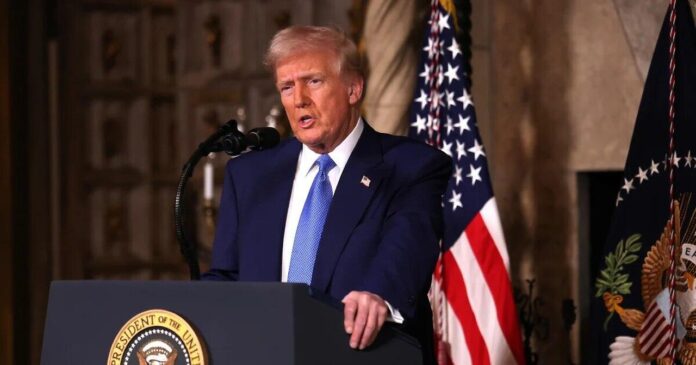In an important policy action, President Donald Trump made an executive order regarding making in vitro fertilization (IVF) more accessible and affordable to the people. Announced on Tuesday at Mar-a-Lago, the order directs administration officials to submit policy proposals within 90 days as a means to safeguard access to IVF and reduce financial burdens on families receiving treatment. The initiative is in response to the increasing costs and recent litigation storms jeopardizing IVF accessibility.
Moving Beyond the Cost Barrier
It is evident from this executive order that the administration will strive toward affordable IVF by clearing unneeded regulatory hurdles. “It is the policy of my Administration to provide reliable access to IVF treatment, including by reducing unnecessary statutory or regulatory barriers to make IVF treatment radically more affordable”.
Trump, also having called himself earlier, “the father of IVF”, has brought the topic of fertility treatments as a major issue in his 2024 campaign. He assured the Michigan audience at a rally last summer that either public or private insurance would cover all payments for IVF treatments, but without explaining the mechanism.
Also read: SNL’s Black Jeopardy Sketch Sparks MAGA Controversy
History and Political Context
Trump’s ruling followed a controversial 2024 Alabama Supreme Court ruling that defined frozen embryos as children creating fears that IVF practitioners could potentially be liable for loss or destruction of embryos. The decision ignited a national controversy over its implications for reproductive rights, spurring Alabama Governor Kay Ivey to sign a law providing civil and criminal immunity to fertility providers and patients in the state.
His fast stride left no room for interpretation by Trump from the ruling because he has consistently shown his firm support for IVF and also lobbied Alabama lawmakers to move quickly to ensure continued access to treatment.
Congressional Barriers and Political Divisions
As stated, Trump who favors IVF, has federal initiatives come upon obstacles to making availability a national affair. Senate Republicans blocked Democrats in the mid-2024 IVF codification into law by saying that the regulation represented political motivation rather than a legally required protection. Earlier some Republican lawmakers have put forward ideas regarding their fertility-related bills but unfortunately not one succeeded in attracting much interest from Congress.
The IVF controversy continues to intersect with broader questions regarding reproductive rights. And, thus it remained a focus of contestation in the legislature. It might be progress toward more access given by Trump’s executive order; however, the effects would depend largely on subsequent policy proposals and bipartisanship.
Also read: Why the 2025 Honda Civic Sold Out So Fast – Full Story
Prospects for The Future
The executive order makes a strong commitment to making IVF much more accessible, but there hangs a cloud of doubt about how much will be available and implemented. Investigate possible cost savings, although there might not be a specific source of funding to give access to very large numbers of people. All in all, this IVF executive is going to make in vitro fertilization more common to the people of the USA. It will be interesting to follow the IVF executive and see what future IVF has in the USA.








